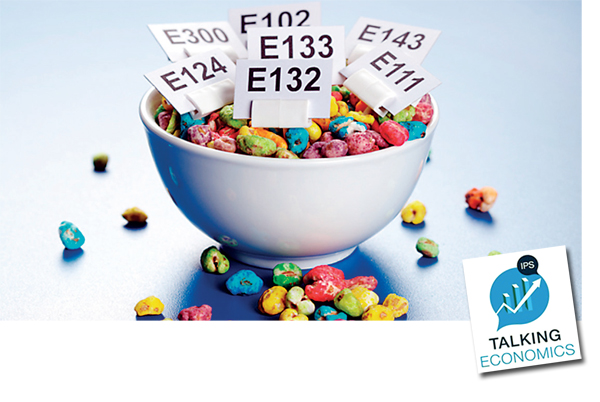20 Apr 2015 - {{hitsCtrl.values.hits}}

.jpg) Have you ever stopped to consider that your day-to-day meals, particularly the packaged/processed food, contain varieties of added substances, which are made of synthetic chemicals? When you read the list of ingredients in the food labelling/packages, you can see different substances named with ‘INS’ or ‘E’ numbers, some of them you may have never heard of or some names are very hard to read. These substances are called ‘food additives’.
Have you ever stopped to consider that your day-to-day meals, particularly the packaged/processed food, contain varieties of added substances, which are made of synthetic chemicals? When you read the list of ingredients in the food labelling/packages, you can see different substances named with ‘INS’ or ‘E’ numbers, some of them you may have never heard of or some names are very hard to read. These substances are called ‘food additives’.
27 Nov 2024 14 minute ago
27 Nov 2024 21 minute ago
27 Nov 2024 1 hours ago
27 Nov 2024 3 hours ago
26 Nov 2024 26 Nov 2024